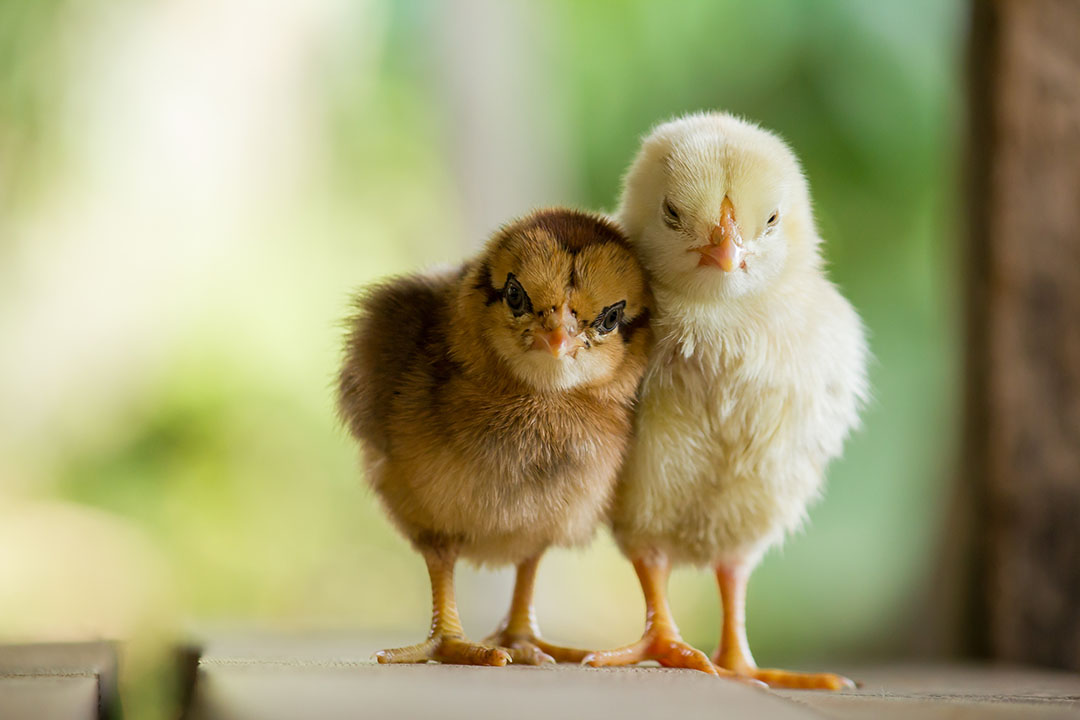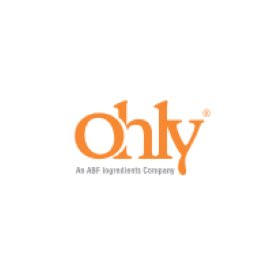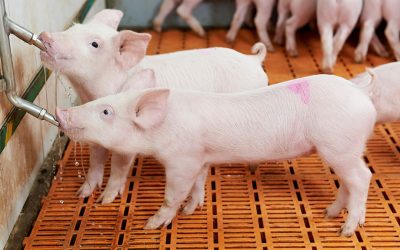Not every yeast cell wall is created equal

Yeast cell walls, commonly referred to as MOS, are widely used by the feed industry as natural antibiotic replacers. They are rich in 2 functional polysaccharides with known health improving properties: mannan oligosaccharides (MOS) and ß-glucans.
Some 1,000 scientific papers have proven the benefits of yeast cell walls in animal husbandry and aquaculture, and have demonstrated that their dietary supplementation improves animal health and performance. However, despite the well-accepted benefits of yeast cell walls, and all the scientific evidence to that effect, there are an increasing number of reports from farmers that their performance under farming conditions is not consistent. This is because yeast cell walls from different sources are highly different in composition.
What are Yeast Cell Walls?
Traditionally, yeast cell walls are a by-product from the yeast extract production industry. Intact yeast cells are lysed, followed by the separation of the soluble intracellular fraction (the yeast extract) and the insoluble yeast cell wall fraction (Figure 1).
Figure 1 – Production of yeast cell walls.

The liquid yeast cell walls were sold to farmers close to the manufacturing plant. With the increasing demand for yeast cell walls, companies emerged that collected the liquid yeast cell wall by-product streams from different producers. They dried the yeast cell walls, substantially increasing their shelf life, allowing their global distribution. Upon an even further growth in demand and/or because of cost reasons, more recently spent brewer’s or biofuel yeast, collected from different breweries or bioethanol production plants, is being used as the raw material for yeast cell wall production.
Impact of process on product composition
The yeast cell wall production process has a large effect on the composition of the yeast cell wall. Although it is commonly thought that all yeast cell walls are produced by autolysis (lysis of the intact cell by the yeast own enzymes), in fact more and more yeast cell walls are produced by hydrolysis. In the hydrolysis process, the addition of exogenous proteases does not only result in the lysis of the yeast, it also results in the hydrolysis of the mannoproteins present on the outside of the yeast cell (Figure 2). As hydrolysed mannoproteins are soluble, they no longer end up in the insoluble yeast cell wall fraction after centrifugation. Therefore, the MOS content of hydrolysed yeast cell walls is some 50% lower than that of autolysed yeast cell walls.
Figure 2 – The difference between autolysed versus hydrolysed yeast cell walls.

(Source: EM Picture: SGS Institute Fresenius).
Moreover, yeast cell walls are spheres, and therefore the functional carbohydrates present on its outside determine its functionality. Autolysed yeast cell walls contain MOS on the outside, while hydrolysed yeast cell walls contain a mixture of MOS and β-glucans on the outside.
Modes of action
MOS and β-glucans have different modes of action underlying their health benefits. MOS bind gut pathogens, thereby limiting their colonisation of the intestinal tract. In contrast, β-glucan is a modulator of the innate immune response, activating phagocytic cells subsequently increasing their ability to fight pathogens. Moreover, yeast β-glucans bind mycotoxins.
In order to ensure a robust improvement in animal health and performance by yeast cell walls, Ohly has now introduced 2 different yeast cell wall products of high product consistency onto the market based on primary cultivated baker’s yeast (Saccharomyces cerevisiae). Ohly-GO MOS is a yeast cell wall product produced by autolysis, containing MOS on the outside of the yeast cell walls. Ohly-GO Wall is a yeast cell wall product produced by hydrolysis, containing a mixture of MOS and β-glucans on its outside.
For more information visit: https://www.ohly.com/en/feed-health/
Author: Mariët van der Werf, Global Platform Director Feed Health, Ohly GmbH



